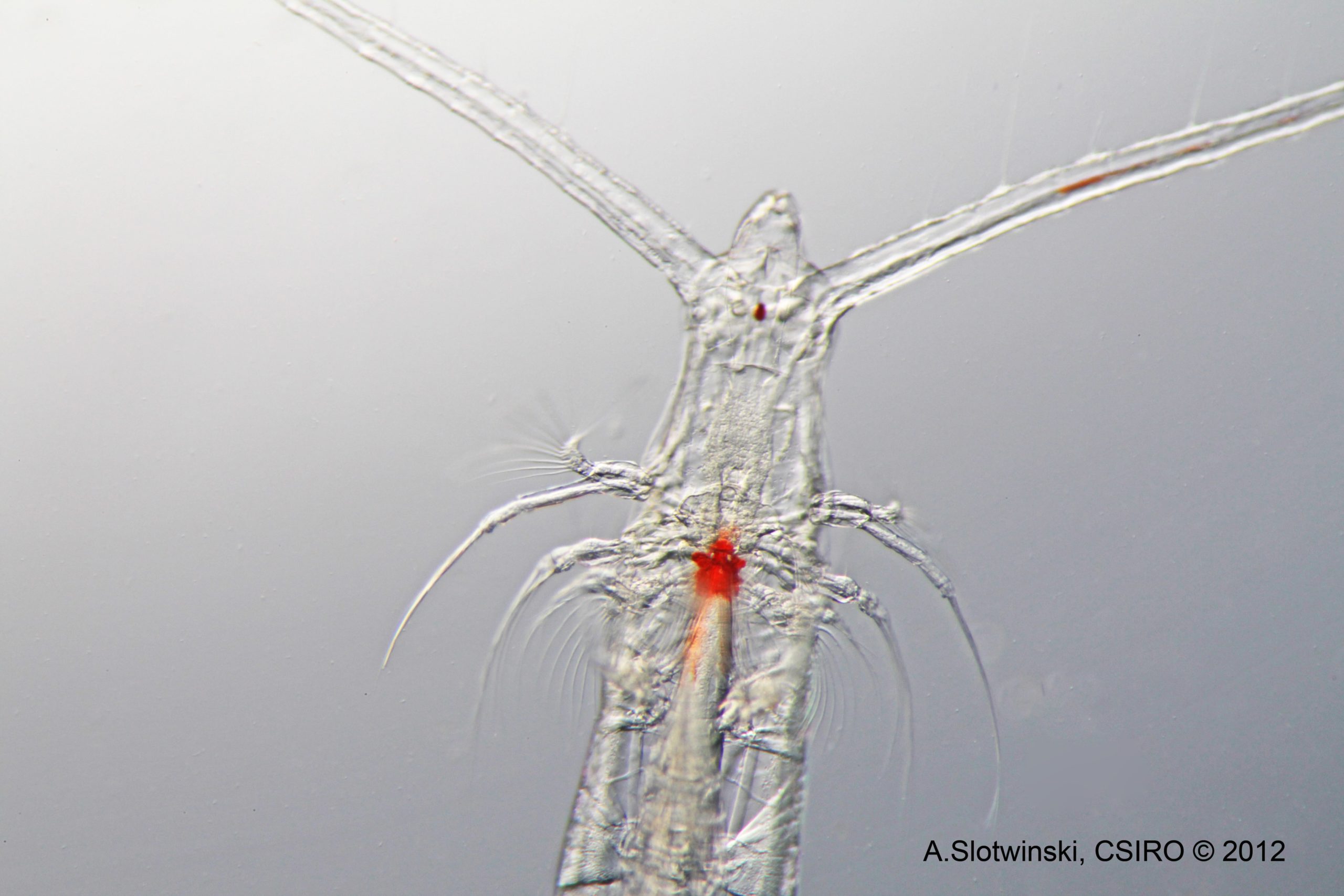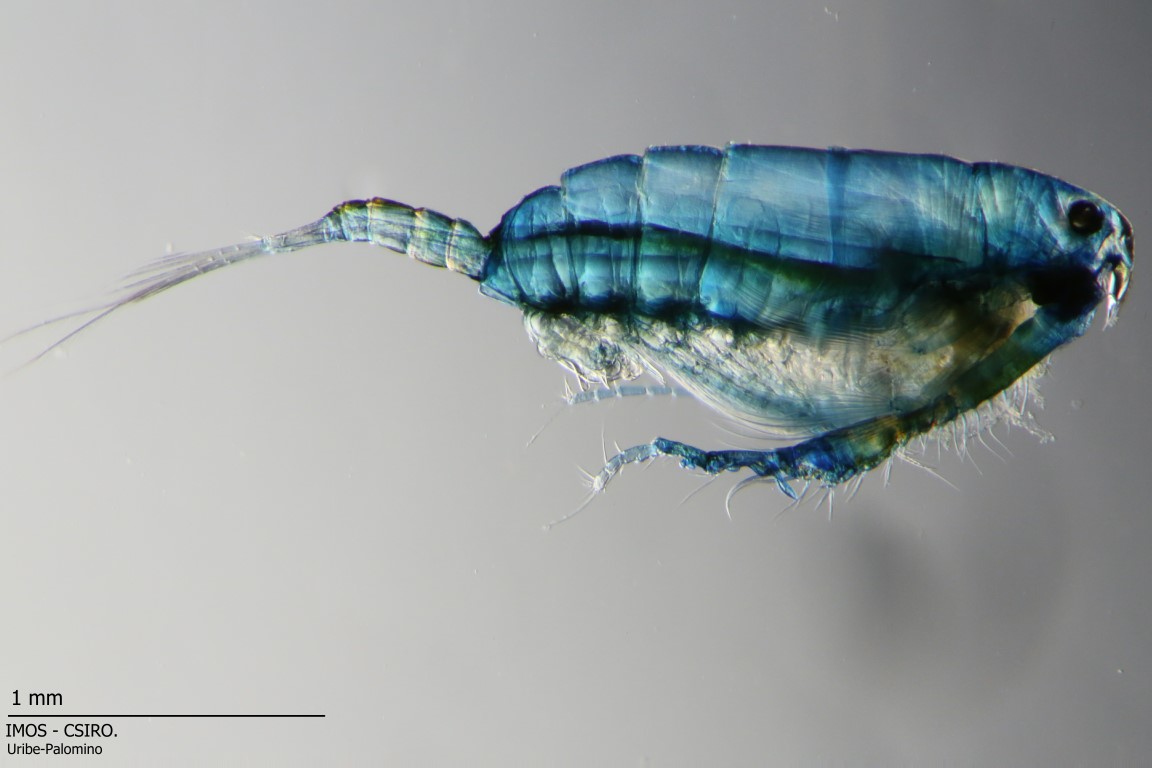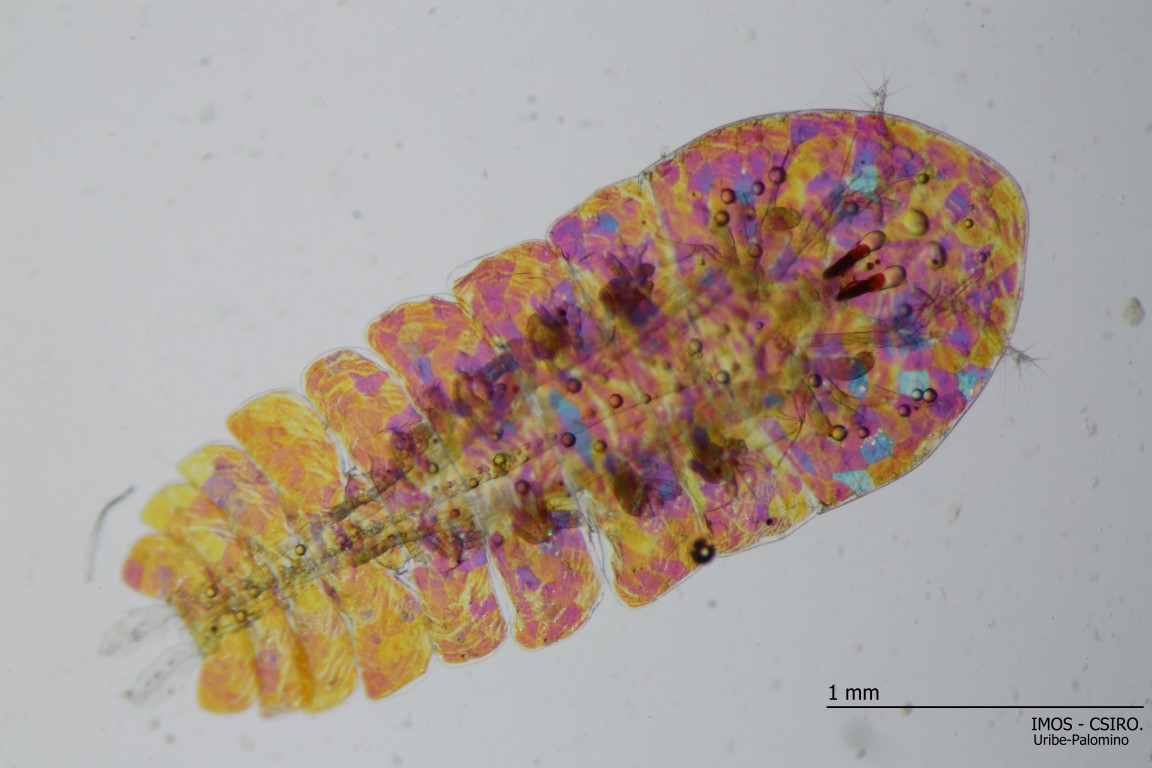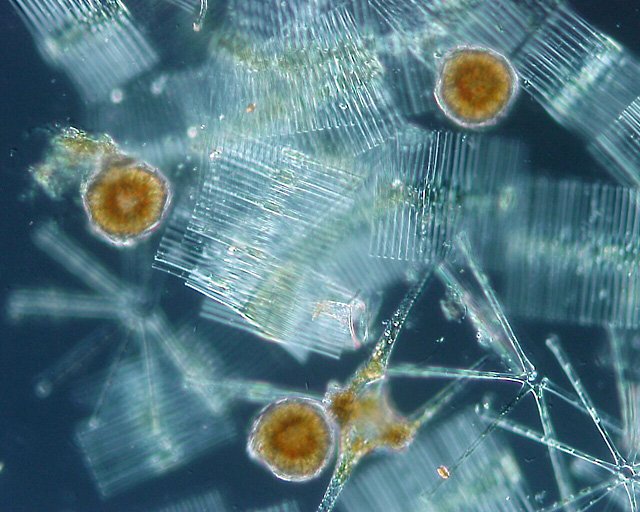When you think of plankton, what do you think of? Do you think of the diabolical little creature with a penchant for trying to steal the Krabby Patty recipe? Or do you think of the tiny drifting plants and animals which are vital components of our aquatic systems?

This is us applauding the role of plankton in our ecosystem and everyday lives
Plankton are a collection of diverse organisms which live in large bodies of water – not the singular little creature with a supercomputer wife. We can barely see most plankton; they consist of bacteria, phytoplankton and zooplankton, and provide a number of ecosystem services.
Plankton are so varied in their importance and are so integrated into everyday life. Did you know that they begin the marine food chain? Phytoplankton gain their energy from photosynthesis and they can only do this in the sunlit surface layer of the ocean. They in turn become the food source for herbivorous zooplankton, who are then in turn the food source for carnivorous zooplankton all the way up the food chain to predators like dolphins and sharks.
So what happens if they disappear? To put it simply, there won’t be any fish in the sea for you. There won’t be any polar bears on the ice as their food source would disappear. The chain of life begins with these microscopic creatures we barely think about.
This shows that we need to research the full extent of their role and their importance in marine life and ecology to prevent their loss.
How do we fit into plankton research?
Our new book, Plankton: a guide to their ecology and monitoring for water quality, focuses on water quality management. This is because plankton are great indicators of the state of our waterways and coastal ocean.
There are issues which need to be researched and addressed to ensure that the life cycles of plankton continue to aid our everyday lives. These include the impact of invasive species, how plankton can support fisheries and their continuation, climate change and water quality issues.
This is where this book comes in, which draws together a wide range of scientific research to bring forth a qualitative approach to studying plankton and the water systems in which they live.
We’ve just released a book to help us all understand what goes on in the wonderful world of plankton. Plankton details exactly how their services to our ecosystems benefit our world, and also how incredibly diverse these tiny organisms are.
But the thing is, most of us don’t really know a lot about plankton and the roles they play in everyday life. Is your plankton knowledge up to scratch? Using facts sourced from the book, we’ve put together this short quiz to test your knowledge.
Results

#1. True or false: Plankton are defined as any organisms that cannot swim against a current
It’s true! Most plankton can swim or adjust their position by changing buoyancy, but they lack the power to swim against a persistent current.

#2. What are phytoplankton?

#3. Zooplankton are plankton consisting of animals and the immature stages of larger animals. They only spend a portion of their life as plankton. What is not an example of zooplankton?
It’s snakes! Zooplankton includes the larvae of many familiar animals that spend only a portion of their life as
plankton – fish, crabs, lobsters, oysters, mussels, jellyfish and starfish. But snakes are not included in that group.

#4. Where can you find plankton in your car?
It’s all of the above! Plankton play a huge role in the materials that we use in our daily lives. Everything that we use is based on petroleum products – our cars, planes and trains, the roads and plastics are all formed from petroleum. Petroleum is formed by dead zooplankton and phytoplankton sinking to an ancient seafloor. Under low oxygen conditions, plankton isn’t broken down by oxygen but buried by sediment. Over time, pressure and heat convert the plankton and sediment into sedimentary rock. Interestingly, if there is enough organic content (like plankton) and there is the right temperature (90–160°C), then oil and natural gases form! It is then distilled into different forms such as petroleum gas, jet fuel, kerosene and diesel. These products are then used to create other products including asphalt and plastics. So really, it’s not just your whole car that contains plankton, but your entire world!

#5. True or false: plankton allowed humans to make fire
It’s true! To make fire, early humans used flint – a type of rock formed from silica-rich plankton such as diatoms and radiolarians. Flint was used in many Stone Age tools, such as weapons. But it was the ability of of the flint edge to produce sparks when struck against the rock pyrite which turned out to be hugely revolutionary. Now being able to produce fire allowed early hominids protection from predators, to hunt, to cook food and expand activities into the darker and colder hours of the night through their use of fire as a light and heat source. You could even say that plankton helped humans advance!

#6. Which iconic movie featured a villain inspired by plankton?
It’s Alien! If you cast your mind back to the movie, the Alien erupted from a human host in the movie. It’s based on Phronima, a large planktonic amphipod (kind of like the one pictured) which is about 40mm in size with a head like a praying mantis. It also has huge eyes and large predatory-looking arms. A remarkable aspect of Phronima is that it’s a parasite. It uses salp (zooplankton which are clear jellyfish looking barrel-shaped blobs) as protection, a floatation device to help it swim through the water and as a food source. It also raises its young inside the salp. Eventually, the young break through and emerge from the salp, kind of how Alien erupted from the human host in the movie!
Image: Ocean Leadership

#7. True or false: phytoplankton play no role in our breathing
It’s false! Kind of like The Police song, plankton play a huge role in every breath you take. Phytoplankton, like the plants on land, undertakes photosynthesis. This is where chlorophyll will harness sunlight to produce organic compounds from carbon dioxide to release oxygen. However this is done in the ocean, and this oxygen is released into the atmosphere for us to breathe.




